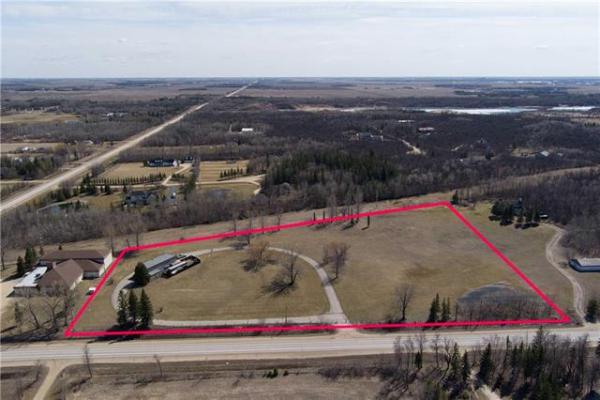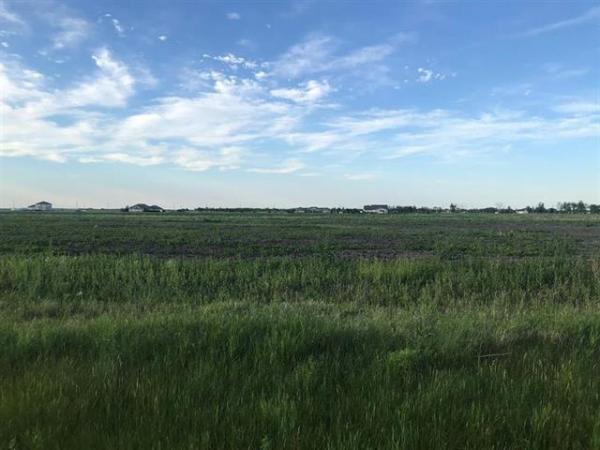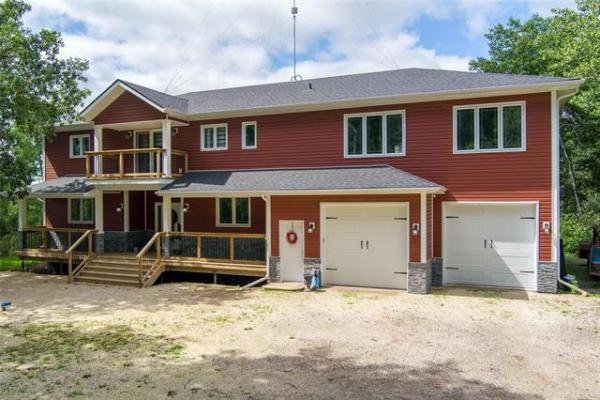Today, I would like to help you make an informed decision about upgrading your furnace.
On Dec. 31, 2009, a new national minimum-energy performance standard for residential gas furnaces was introduced. This applies to virtually all gas furnaces sold in Canada and requires a minimum fuel efficiency level of 90 per cent. This is achieved by using "condensing technology," where products of combustion are vented through a plastic pipe, commonly routed through a side wall.
There may be a small existing stock of mid-efficient (80 per cent with respect to fuel efficiency) available; I recommend a high-efficiency furnace when possible. Energy-efficient furnaces are also cost-effective.
The installation of a high-efficiency gas furnace typically needs changes to the venting system. Sometimes, hot water heater venting alterations may be necessary.
There may be some situations where through-wall venting can be more complex. Examples include narrow, attached houses with front and rear obstructions, closely spaced doorways and large windows.
If your house is narrow and attached to neighbouring dwellings (on both sides), and your gas furnace is more than 15 years old, consider consulting a licensed heating, ventilating and air conditioning (HVAC) professional to assess your situation and recommend solutions.
When considering adding or replacing air conditioning or heating to your home, insist the installing contractor "sizes" the system properly. Qualified contractors will not recommend equipment size based solely on the size of your home or assume that your existing equipment was sized properly in the first place. Tell your contractor if you plan to renovate in the near future.
To complete the design load calculation, the contractor will need to take measurements during the initial visit and ask questions. They take into account:
-- Local climate conditions
-- Size and number of windows that let in heat from the sun
-- Existing insulation levels of the home
-- Number and lifestyle of your home's occupants
-- Predicted or known air exchange rate of home
There is only one correct size of equipment for your home. Oversized equipment can result in increased fuel consumption and higher operating costs. Extra use can contribute to premature part failure, higher noise levels and reduced comfort. Under-sized equipment will also cause comfort problems. Ideally, the equipment should be designed within plus or minus 10 per cent of the required size.
For more home improvement information, send Shell an email or to find a certified HVAC contractor in your area go to www.AskShell.com.
-- Postmedia News



